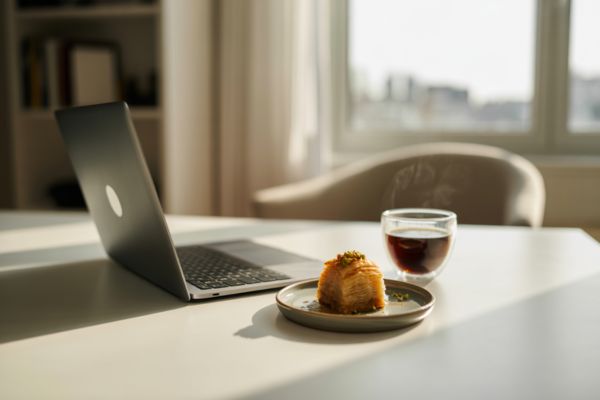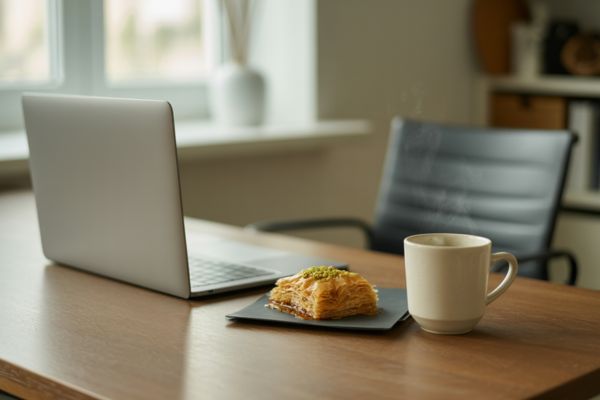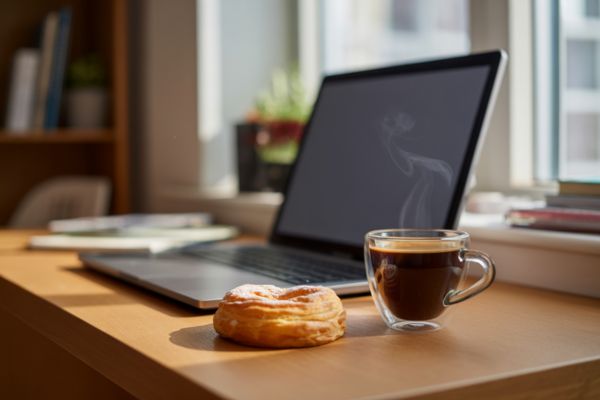If your website feels a little busy or overwhelming, minimal design might be exactly the refresh you need. Clean layouts, thoughtful typography, and generous white space can instantly make your site feel calm, modern, and easy to navigate.
This post is your friendly guide to creating a minimal website that looks polished and feels effortless — from color palettes and type pairings to layout ideas and moodboard tips.

Why Minimal Design Works (and When to Use It)
Minimal design isn’t just about “less.” It’s about clarity and focus. Every element has a reason to exist.
Here’s why it works so well:
- It keeps attention on what matters most — your message, product, or action.
- It’s faster to read, faster to load, and easier to maintain.
- It’s perfect for portfolios, startups, editorial projects, and brands with strong visuals.
The golden rules? Clarity, hierarchy, whitespace, restraint, and purpose.
Visual Inspiration: Minimal Websites by Category
Portfolios and Studios
Think of your site as a digital gallery.
- Use big, confident type and quiet navigation.
- Stick to a single-column layout with plenty of space and one accent color.
- Add subtle hover effects and clean full-bleed imagery.
- Keep your nav or footer minimal — just enough to guide, not distract.
Ecommerce
Your product should do the talking.
- Large product photos, short copy, and one clear “Add to cart” button.
- Stick to two colors and soft shadows for depth.
- Stack trust elements neatly — reviews, shipping info, and badges.
- Make checkout steps clear and calm, with a simple progress bar.
Software and Startups
Clarity sells here.
- One strong value statement and a single main CTA.
- A small feature grid (3–6 cards) with airy spacing and clean icons.
- Pricing tables that breathe, with the recommended plan clearly highlighted.
- Try a dark mode version if it fits your brand — it can look sleek and modern.
Editorial and Blogs
Think calm reading experience.
- One column, readable line lengths (60–75 characters), and generous line height.
- Add pull quotes or footnotes sparingly for rhythm.
- Use lightweight images with subtle captions.
- Keep the author bio and related links simple.
Nonprofits and Cultural Projects
Purpose first, always.
- A warm, human headline and authentic photography.
- Clear donation or “Get Involved” buttons.
- Short, powerful stories and impact stats.
- Keep the navigation simple — About, Programs, Impact, Donate.

Build Your Moodboard: Colors, Type, and Layouts
Color Palettes
Start with one neutral base and one accent.
Try these combos:
- Monochrome: #0E0E10, #2B2B2F, #F5F6F7 with Accent #5E81F4
- Warm minimal: #111111, #EDEAE6, #FFFFFF with Accent #E4572E
- Soft pastel: #0F1012, #F7F7F5, #E9EEF3 with Accent #6C5CE7
✨ Want a shortcut? Grab my free Color Palette Guide to pick and test on-brand palettes in minutes.
Typography
Use no more than two font families — one for headlines, one for body text.
Great pairings:
- Inter + Playfair
- Söhne + Freight Text
- Space Grotesk + Source Serif
A good scale to follow:
- 12–14px for UI labels
- 16–18px for body
- 32–56px for hero headlines
Keep headlines tight, body text relaxed, and avoid shouting in all caps.
Layout Patterns That Feel Calm and Modern
- Centered hero with one CTA or a split layout that balances image and copy.
- 3-up or 6-up grids with wide gutters and lots of breathing room.
- Sticky but minimal navigation with only essential links.
- A clean footer — no clutter, just what users actually need.

Fast Moodboarding Tips
- Screenshot 12–20 sites you love. Zoom in on typography, buttons, and spacing.
- Drop them into Figma, Notion, or Canva and sort by Color, Type, Layout, and UI.
- Tag what you love: airy spacing, type-led, soft shadows, monochrome.
- Once you have a feel, lock one color palette, one type pair, and two layout patterns before wireframing.
Designing a Minimal UI (That Actually Works)
- Navigation: 4–6 items max, with clear active states and visible search.
- Buttons: one main color style and one ghost version — consistent radius and padding.
- Forms: fewer fields, clear labels, and helpful inline validation.
- Cards: plenty of padding and simple headings — let whitespace do the work.
- Imagery: fewer, higher-quality photos. Consistent crops.
- Motion: subtle microinteractions under 200ms. Respect user motion settings.
- Dark mode: slightly looser spacing, higher font weight, no harsh contrast.
- Accessibility: strong contrast (4.5:1), visible focus outlines, and proper link buttons.

Writing for Minimal Design
Words matter more when there’s less around them.
- One message per screen.
- Keep headlines under eight words.
- Use plain, clear CTAs: “Start free trial,” “See pricing,” “View work.”
- Replace fluff with proof — numbers, logos, short testimonials.
- Avoid jargon and insider acronyms.
Common Mistakes to Avoid
- Gray text on gray backgrounds (no one can read that).
- Fonts too small or too tight.
- Hidden navigation or mystery icons.
- Stock photos that feel staged or autoplay videos that distract.
- Too many font sizes, weights, or inconsistent spacing.

Quick Start: Your 30-Minute Wireframe
- Hero: headline, one CTA, one supporting line.
- Social proof: four to six logos or one testimonial.
- Features: 3–6 cards with icons and short descriptions.
- Proof: a small case study or data point.
- Final CTA + clean footer.
Pre-launch checklist:
- Max two fonts, two accent colors.
- Simple nav under six items.
- Mobile first — test on your phone.
- Compress images, skip autoplay videos.
- Run a quick accessibility and readability pass.
Where to Find Fresh Minimal Inspiration
- Awards galleries (filter for “minimal” or “typography-first”).
- Curated directories for portfolios.
- Dribbble, Behance, and Figma Community searches for “minimal UI” or “mono web.”
- Real-world gems like product docs or Notion sites.
- Try search phrases like “minimal landing page”, “type-driven portfolio”, or “monochrome ecommerce.”

The Takeaway
Minimal design isn’t about taking everything away — it’s about keeping what matters most. When your layout, colors, and words all support that single idea, your site feels effortless.
So build your moodboard, choose your palette and fonts, and start with one focused page. Once it feels calm and clear — you’re on the right track.
